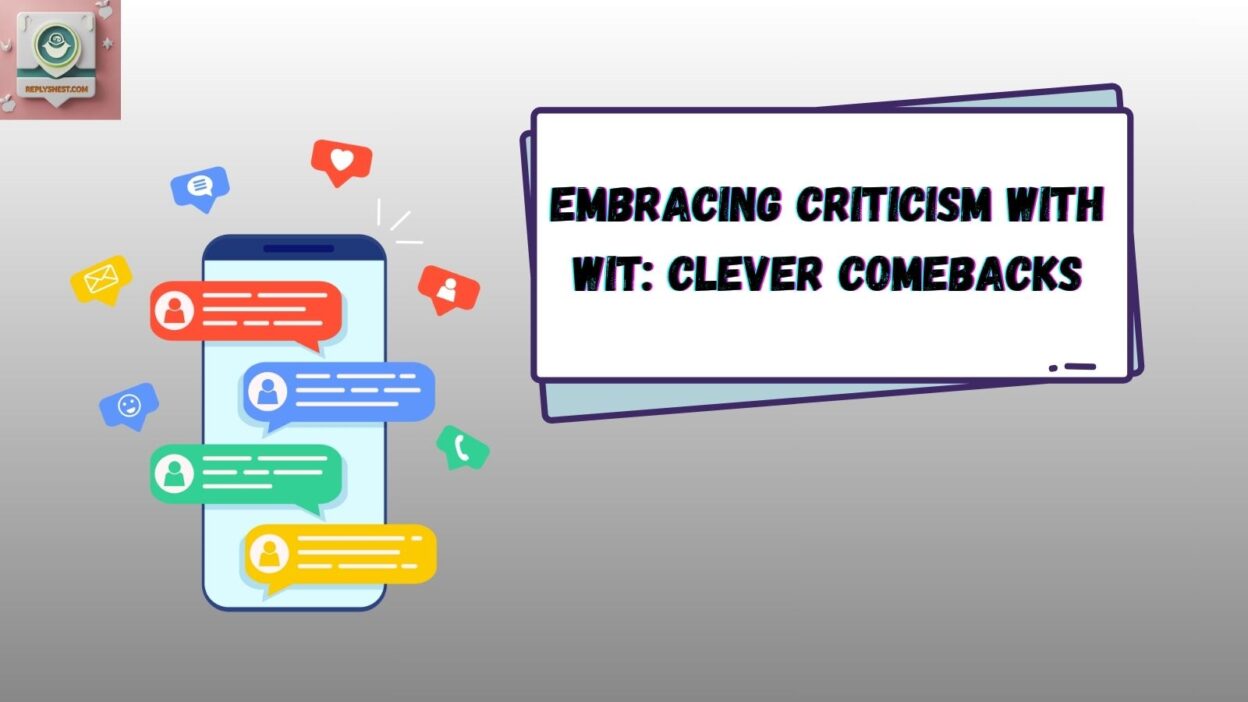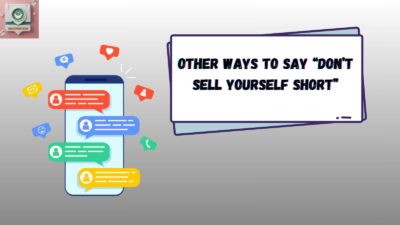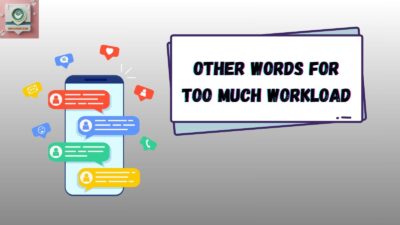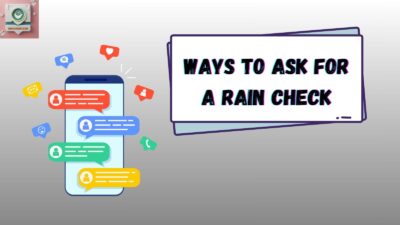When someone offers criticism, it can sting. But how we respond makes all the difference. Instead of letting negativity weigh you down, using Embracing Criticism with Wit: Clever Comebacks can turn the moment into something constructive, even light hearted. This article dives into 30 thoughtful, witty responses to criticism—phrases that help you express yourself gracefully, stay confident, and maintain respect in conversations.
When I first started writing online, criticism felt heavy, almost like an attack. Over time, I learned that responding with a touch of wit could turn those tense situations into a playful exchange. I remember one commentary on an article of mine that tried to tell me my life choices were “wrong.” Instead of feeling the urge to cry or defend, I gave a witty response: “Thanks for the input—I’ll add it to my growing collection of opinions right between breakfast of champions and lunch of compliments.” That moment taught me the art of handling negativity with humor rather than letting it eat away at my confidence.
What makes comebacks a true skill is their ability to transform a challenging remark into lighthearted banter. In my own experience, I’ve seen how a quip or a clever remark can deflect harsh words and keep the conversation open instead of hostile. It’s like carrying a small toolkit of quip-filled retorts—a mix of humor, irony, and quick thinking—ready for when the critics arrive. One mentor once told me, “Criticism is like bubblegum—you can chew, spit, or simply ignore it.” That single line reshaped how I handle feedback: with finesse, grace, and just enough wordplay to keep both sides entertained.
1. “That’s an interesting perspective.”
Best use: When you want to acknowledge criticism without arguing.
Not to use: If the comment was outright offensive or disrespectful.
Other ways to say: “I hadn’t looked at it that way.” / “That’s one way to see it.”
Example: “I don’t think your design is practical.” → “That’s an interesting perspective. Can you walk me through what you’d change?”
2. “I appreciate the honesty.”
Best use: When someone’s blunt but not malicious.
Not to use: If the remark is meant to insult.
Other ways to say: “Thanks for being upfront.” / “I value your candor.”
Example: “You’re always late to meetings.” → “I appreciate the honesty—I’ll work on managing my time better.”
3. “I’ll keep that in mind.”
Best use: When you’re not ready to agree but want to stay polite.
Not to use: If the issue requires immediate resolution.
Other ways to say: “Noted.” / “That’s something I’ll consider.”
Example: “You should use fewer slides.” → “I’ll keep that in mind for my next presentation.”
4. “That’s fair.”
Best use: When the feedback is valid.
Not to use: If the comment was unfair or inaccurate.
Other ways to say: “Good point.” / “I see where you’re coming from.”
Example: “You could’ve explained that better.” → “That’s fair—I’ll clarify next time.”
5. “Good catch!”
Best use: When someone points out a mistake.
Not to use: If the person is nitpicking unnecessarily.
Other ways to say: “Nice observation.” / “Thanks for pointing that out.”
Example: “You missed a typo in the report.” → “Good catch! I’ll fix that now.”
6. “You might be right.”
Best use: When you’re unsure and open to correction.
Not to use: If you know the other person is wrong.
Other ways to say: “That’s possible.” / “I can see that.”
Example: “This plan may not work in the long run.” → “You might be right—we should explore alternatives.”
7. “I’ll think about that.”
Best use: For suggestions you need time to process.
Not to use: If you need to decide immediately.
Other ways to say: “Let me consider it.” / “I’ll reflect on that.”
Example: “You should change the color scheme.” → “I’ll think about that before finalizing.”
8. “That’s valuable feedback.”
Best use: When you genuinely find their input helpful.
Not to use: If the person is just criticizing without value.
Other ways to say: “That helps a lot.” / “I appreciate the insight.”
Example: “Your intro was too long.” → “That’s valuable feedback—I’ll shorten it.”
9. “Thanks for pointing that out.”
Best use: When someone highlights something you missed.
Not to use: If the tone was condescending.
Other ways to say: “I didn’t notice that.” / “Good observation.”
Example: “You forgot to cite a source.” → “Thanks for pointing that out—I’ll add it.”
10. “That’s one way to look at it.”
Best use: To acknowledge without fully agreeing.
Not to use: If you want to shut the conversation down.
Other ways to say: “Interesting angle.” / “I hadn’t seen it that way.”
Example: “Your approach is too slow.” → “That’s one way to look at it—my focus is on accuracy.”
11. “I see what you mean.”
Best use: When you recognize their point.
Not to use: If you strongly disagree.
Other ways to say: “I get your point.” / “That makes sense.”
Example: “Your tone was a bit sharp.” → “I see what you mean—I’ll keep it softer next time.”
12. “You raise a good point.”
Best use: To validate constructive criticism.
Not to use: If the critique is baseless.
Other ways to say: “That’s a strong observation.” / “Good insight.”
Example: “The layout feels cluttered.” → “You raise a good point—we can simplify it.”
13. “That’s something to work on.”
Best use: To show you’re open to self-improvement.
Not to use: If the feedback feels unfair.
Other ways to say: “I’ll improve in that area.” / “That’s on my list.”
Example: “Your handwriting is messy.” → “That’s something to work on—I’ll slow down.”
14. “Noted.”
Best use: For short, professional acknowledgment.
Not to use: In personal conversations where it may sound cold.
Other ways to say: “Got it.” / “I understand.”
Example: “This report needs editing.” → “Noted—I’ll get on it.”
15. “That’s fair feedback.”
Best use: When you agree and want to show appreciation.
Not to use: If the critique isn’t constructive.
Other ways to say: “That’s true.” / “I can see that.”
Example: “You rushed through the conclusion.” → “That’s fair feedback—I’ll expand it.”
16. “I’ll learn from this.”
Best use: To show growth mindset.
Not to use: If the remark was purely insulting.
Other ways to say: “I’ll improve.” / “Lesson learned.”
Example: “Your calculation was off.” → “I’ll learn from this and double-check next time.”
17. “That’s helpful.”
Best use: When criticism provides direction.
Not to use: If it wasn’t constructive.
Other ways to say: “That clears things up.” / “That gives me a path forward.”
Example: “You could add more details to this.” → “That’s helpful—I’ll expand the section.”
18. “I get where you’re coming from.”
Best use: To validate feelings behind feedback.
Not to use: If you want to challenge the critique.
Other ways to say: “I understand your view.” / “That makes sense.”
Example: “I don’t like your tone.” → “I get where you’re coming from—I’ll be mindful.”
19. “Thanks, I’ll adjust.”
Best use: For practical feedback you’ll act on.
Not to use: If you disagree strongly.
Other ways to say: “I’ll make the change.” / “I’ll tweak it.”
Example: “The lighting is too harsh.” → “Thanks, I’ll adjust it.”
20. “You’ve got a point.”
Best use: When the critique is valid but not complete.
Not to use: If you feel they’re entirely wrong.
Other ways to say: “I see your point.” / “That’s valid.”
Example: “The delivery was too slow.” → “You’ve got a point—I’ll try a faster pace.”
21. “That’s worth considering.”
Best use: When you want to leave room for discussion.
Not to use: If you already made a final decision.
Other ways to say: “That’s an option.” / “I’ll think on it.”
Example: “Why not try a different format?” → “That’s worth considering—I’ll explore it.”
22. “I hear you.”
Best use: To show empathy and acknowledgment.
Not to use: If you want to shut the critique down.
Other ways to say: “I understand.” / “I get it.”
Example: “I felt excluded from the discussion.” → “I hear you—I’ll make sure to include you next time.”
23. “I can see why you’d think that.”
Best use: To soften disagreement.
Not to use: If you want to stand firmly against the critique.
Other ways to say: “I get your perspective.” / “That’s understandable.”
Example: “This idea feels too ambitious.” → “I can see why you’d think that—but we can start small.”
24. “That’s a fair observation.”
Best use: When feedback is accurate.
Not to use: If the comment was unfounded.
Other ways to say: “That’s true.” / “I can’t argue with that.”
Example: “You repeat yourself a lot.” → “That’s a fair observation—I’ll tighten my speech.”
25. “Constructive criticism helps me grow.”
Best use: To show appreciation for meaningful feedback.
Not to use: If the critique is purely personal.
Other ways to say: “Feedback makes me better.” / “I value critiques.”
Example: “Your intro needs work.” → “Constructive criticism helps me grow—I’ll improve it.”
Conclusion
Embracing criticism with wit and warmth is an art. It’s not about being defensive or sarcastic, but about showing confidence, respect, and a willingness to learn. The phrases above give you the tools to respond in a way that’s empathetic, clever, and constructive.
In my own experience, whenever I respond with calm humor or thoughtful acknowledgment, conversations shift from tension to collaboration. That’s the true power of clever comebacks—they don’t shut people down; they open doors to better understanding.
10 Editor’s Picks (and Why People Choose Them)
- “That’s an interesting perspective.” – Because it validates without arguing.
- “I appreciate the honesty.” – Shows maturity and openness.
- “Good catch!” – Makes feedback feel like teamwork.
- “You might be right.” – Keeps the conversation open.
- “That’s fair.” – A humble yet confident response.
- “I’ll learn from this.” – Perfect for a growth mindset.
- “I hear you.” – Empathetic and emotionally intelligent.
- “You’ve got a point.” – Simple but disarming.
- “That’s valuable feedback.” – Encourages more constructive input.
- “Constructive criticism helps me grow.” – A clear statement of strength and self-improvement.



